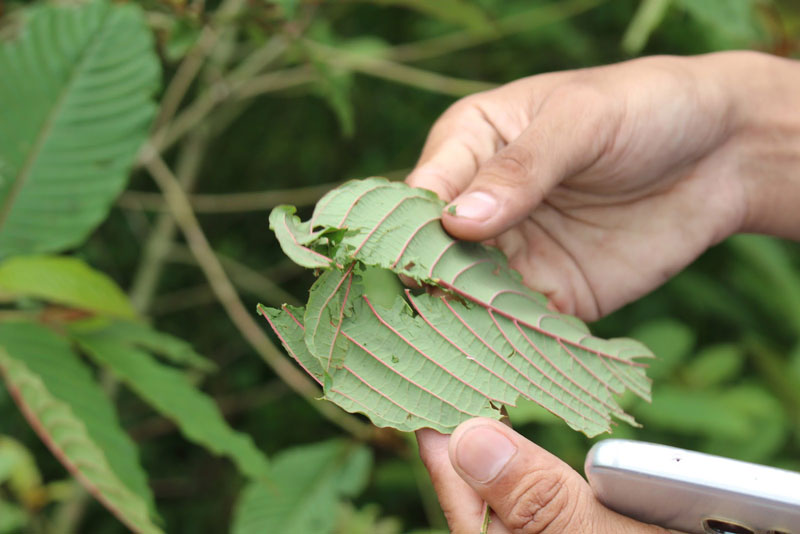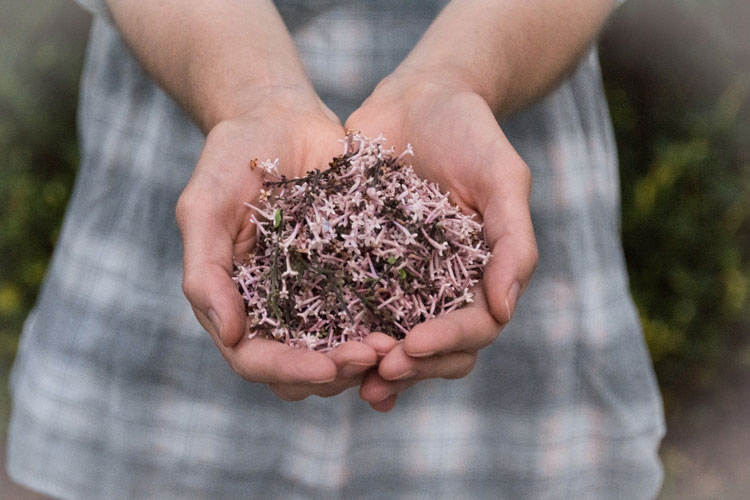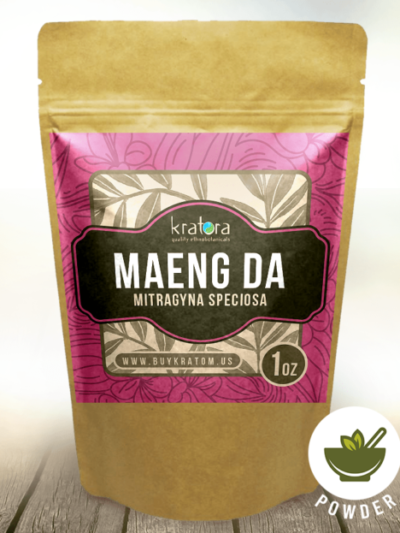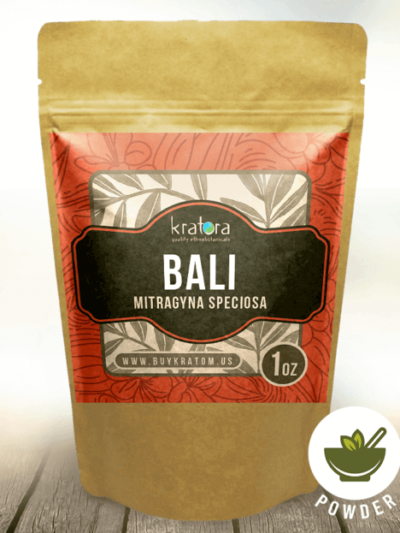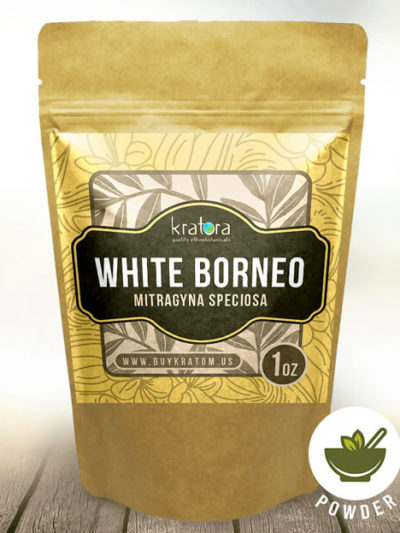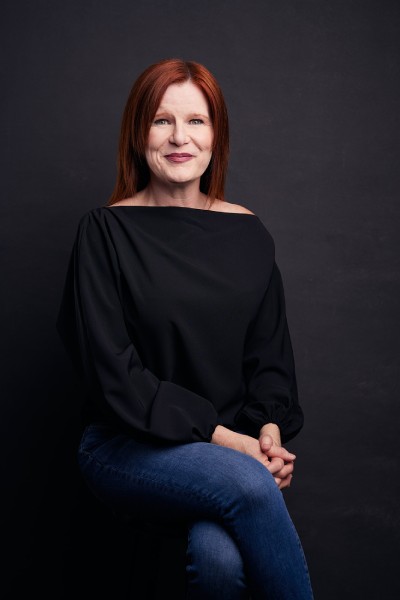Did you ever go mushrooming or berry-picking in the forest as a kid? The beautiful sights and smells, the thrill of discovery at every turn, and a basket full of fresh, fragrant produce to take home at the end of the day.
This ancient method of foraging and gathering roots, mushrooms, herbs, fruits, and flowers is called “wildcrafting,” and is deeply embedded in our fibers as humans. For generations, our ancestors have hunted and foraged for their food. By doing so, they became deeply connected to the natural seasons and cycles of nature.
Now that the majority of the earth’s population lives in cities and urban areas, many of us have become disconnected from nature and the cycles that have supported life for thousands of years. However, there are still small communities around the world that continue to harvest food and herbs using traditional wildcrafting techniques.
Kratora’s Wildcrafting: Meet our Kratom Growers
At Kratora, we buy our kratom and botanical products from small-scale farmers and traditional communities in Southeast Asia where wildcrafting continues to be practiced. In the jungle areas near the river system, Mitragyna speciosa (kratom) grows so abundantly that the locals were using it for firewood!
After speaking with these communities, we were able to form a partnership that would forever change Kratora. Using the help of the native population, we were able to start paying locals to pick fresh kratom leaves from the jungle (where kratom grows naturally) and dry the leaves using techniques that preserved this plants’ flavor and potent properties.
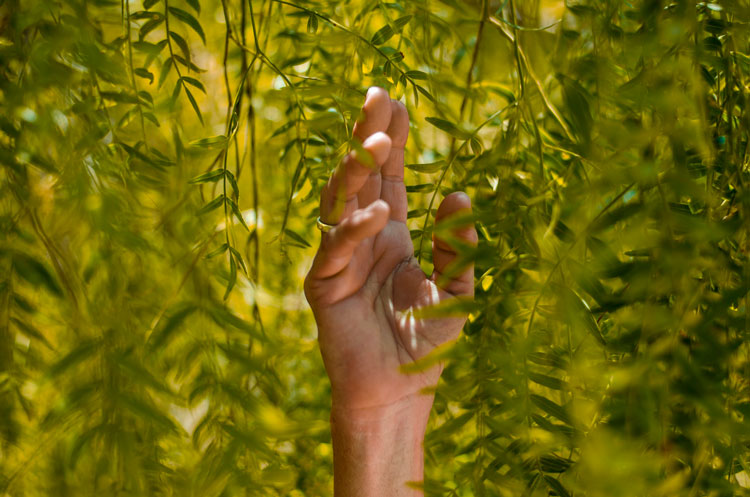
Why is Wildcrafting Important in the Twenty-First Century?
This traditional way of sourcing botanical products has a number of fantastic benefits for people, animals, and the environment. Let’s take a look at how wildcrafting can help health and sustainability in the 21st century.
A Higher Nutrient Profile
Botanical products grown in their natural habitats have access to a vast array of nutrients and microorganisms from the soil that helps them develop a strong profile of compounds such as antioxidants and Vitamin C. As plants in the wild also undergo a process of natural selection, only the strongest plants survive—and these strong plants also happen to be the most nourishing for humans!
Free of Chemicals and Pesticides
In the forests and jungles, plants thrive as part of a diverse ecosystem that offers them natural resilience against pests and bugs. Far from large agricultural farms and cities, these plants — and the botanical products made from them — do not require artificial fertilizers or toxic pesticides and offer an option for human consumption that is 100% natural and organic. As the islands that make up Southeast Asia are located on volcanic soil, the soil in these jungle areas also provides wonderful nourishment for many different plant species to flourish.
Food for Everyone
As opposed to commercial agriculture, the food and herbs that are harvested using wildcrafting techniques do not belong just to those harvesting but to other people and animals as well. Harvesters take only what they need and leave the rest to regenerate. That way, there is still plenty for everyone!
Ethical and Fair Trade
In recent decades, there has been a movement for greater awareness and disclosure of the conditions in which suppliers work and where botanical products come from. When wildcrafting is used as the primary harvesting method, indigenous and local communities have the opportunity to use their traditional knowledge to locate specific plants. When we pay these harvesters generously for the plants, this allows them to enjoy a peaceful life with their families while preserving the natural environment.
Other farmers and locals in Southeast Asia have been forced to work on palm oil plantations to make a living. Unfortunately, large areas of the native jungle are cleared to make way for these plantations and workers can face slave-like conditions. Wildcrafting is a much more sustainable way to harvest jungle plants as it preserves the jungle habitat and respects the dignity and lifestyle of the locals.
Challenges to the Wildcrafting Movement
While wildcrafting is the healthiest and most sustainable way of gathering jungle plants, this small and robust movement faces constant challenges.
- One challenge is the use of pesticides by government-sponsored environmental management groups who use toxic fumigation chemicals to kill weeds and invasive species.
- Another is the contamination of waterways that pass through forested areas. Plants that grow on the riverbanks are typically highly absorbent and tend to draw up chemicals found in the water into their roots and leaves.
- Finally, large companies seeking to make a profit from wood products and monocrops (such as palm oil, soy, and cattle) clear large areas of jungle to make way for their economic activity.
Be Part of the Solution
What can you do to protect wildcrafting and traditional foraging skills? The first thing you can do is support companies that harvest their botanical products sustainably, in partnership with local communities. Secondly, you can choose to buy products that are palm-oil free. Thirdly, you can join an organization such as the Rainforest Action Network to receive the latest news about threats to rainforests worldwide and find out about opportunities to participate in rainforest activism.
-
Energy
Maeng Da Kratom Powder
From $12.99 Shop Now This product has multiple variants. The options may be chosen on the product page -
Relaxing
Bali Kratom Powder
From $10.99 Shop Now This product has multiple variants. The options may be chosen on the product page -
Energy
White Vein Borneo Kratom
From $10.99 Shop Now This product has multiple variants. The options may be chosen on the product page -
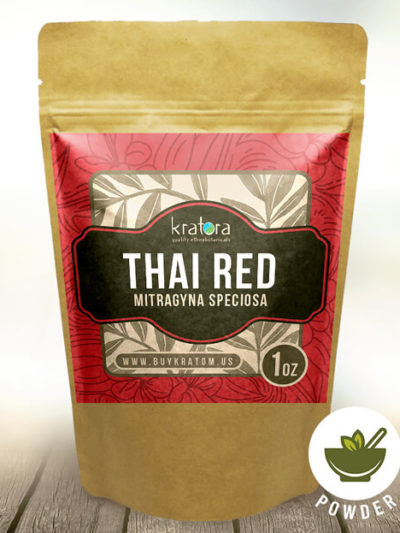 Relaxing
RelaxingThai Red Vein Kratom
From $10.99 Shop Now This product has multiple variants. The options may be chosen on the product page -
Energy
Green Malay Kratom Powder
From $10.99 Shop Now This product has multiple variants. The options may be chosen on the product page
Choose Kratora for Sustainable Wildcrafted Products
At Kratora, all of our kratom and botanical products are sourced from high-quality, sustainable, and ethical wildcrafted sources. In addition to buying kratom from Southeast Asia, we also stock quality kratom-alternatives from Africa, the Americas, and the Pacific, and seek to educate our customers about the heritage and traditional uses of these ethnobotanical treasures.
To learn more, you can click on each of our products and read the descriptions found there. You can also read our previous blog posts to find out where our products come from and how they are used in their cultures of origin. If you have questions related to ordering and shipping, you can contact us directly. Shop our beautiful products and support wildcrafting today!
Please note that the US FDA has not approved kratom to be sold for human consumption, sold for external use only. None of the products sold on our website are intended to diagnose, treat, cure, or prevent any disease or medical condition.
Want to learn more about kratom quality and value? Start here:
Why Buying Cheap Kratom Can Be Dangerous
